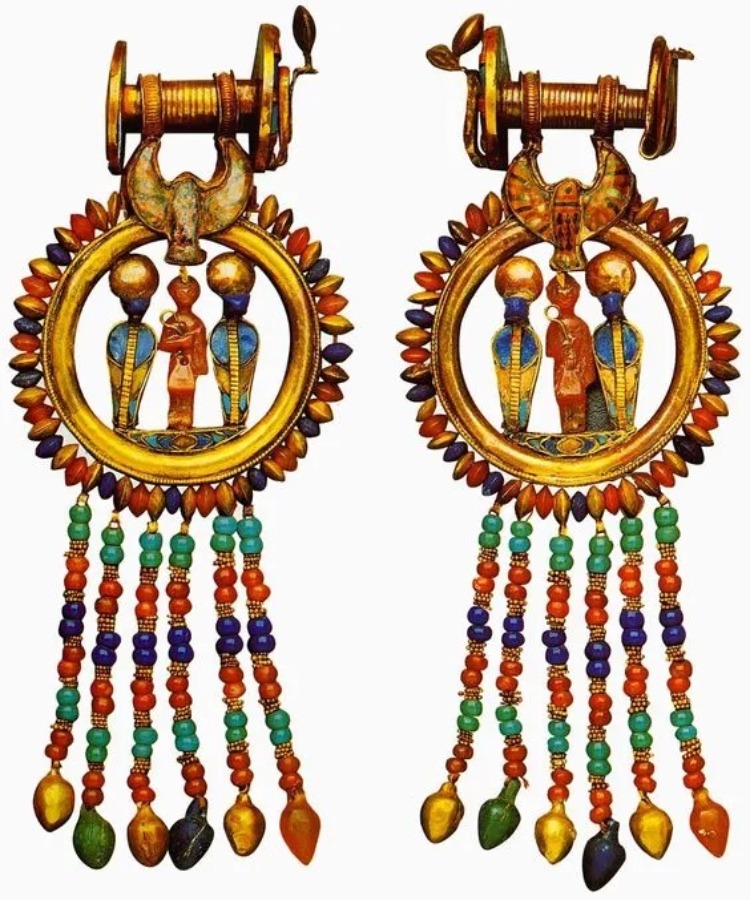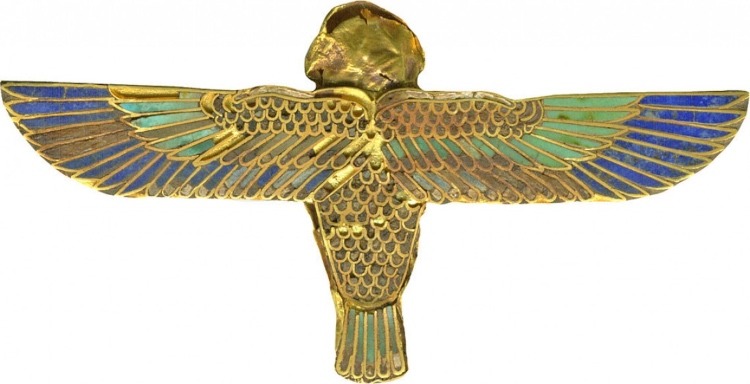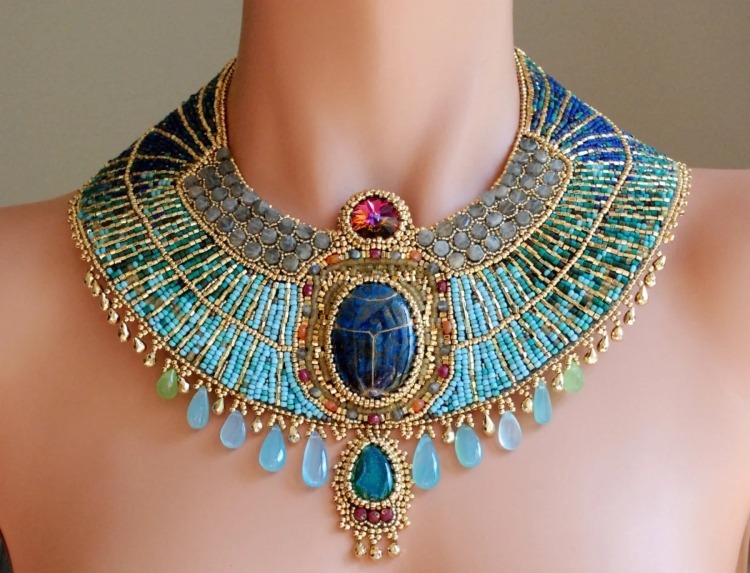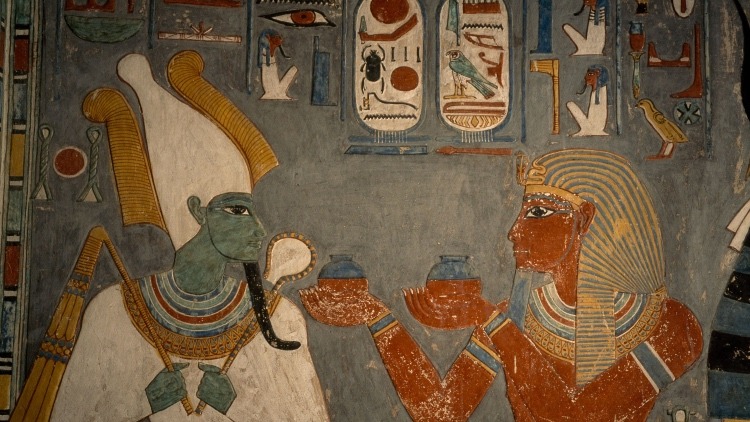Ancient Egypt has blessed the world with a rich history from the Great Pyramids of Giza that stand tall in the heart of Cairo to the awe inspiring temples of Luxor and beyond. Among this richness is the significance of jewelry to the ancient Egyptians. From bold stones buried with their owners to rings, earrings, necklaces, crowns, and amulets, which were worn, gifted, buried, and lost across generations.
Let’s find for ourselves what the significance of these pieces for jewelry meant to the ancient Egyptian civilization and what symbols they represented.
Earrings
Earring were popular pieces of jewelry amongst ancient Egyptians and the first to wear earrings from the ancient Egyptians civilization was king Thutmose IV in 1410 BC. His earrings were purely made of gold and were big in size to fit his status as king. Moreover, the type of stone and the color was an important factor in Ancient Egyptian jewelry as they represented different mythical meanings.

Rings
In ancient Egypt, rings had profound importance and more than just a symbol of wealth. The evidence implies that among the earliest known individuals to exchange wedding rings were the ancient Egyptians. The ring’s circle was regarded as a symbol of eternity, which made wedding rings the ideal tokens to represent an everlasting love. Also, the tradition of wearing a wedding ring on the left hand’s fourth finger was also started by the ancient Egyptians believing this finger to hold a special vein called the “vein of love,” connected directly to the human heart.

Protective Amulets
Although protective amulets might be worn on their own, they were frequently incorporated into Egyptian jewelry. These charms were known as amulets, and it was believed that they had protective power. The amulets were carved into various shapes and forms, including symbols, humans, animals, and gods. They were also seen as being equally significant protectors of the living and the dead.

Necklaces
A variety of several different types of necklaces and collars made of a wide variety of materials were worn by ancient Egyptians. Only the wealthy could acquire gold, silver, or valuable stones, while other social classes had access to shells, wood, and bone. As a symbol of their rank, the higher classes and gods are frequently depicted wearing a sizable amount of jewelry. This is especially relevant to collars and necklaces made of precious metals because the pharaoh frequently gave these accessories as gifts to his devoted subjects, making them a source of tremendous pride.
Crowns
Crowns were worn in ancient Egypt as symbols of authority or to designate deities, kings, and positions in religious rituals. Archaeologists were disappointed to find no crowns. Many think it’s because they were passed down from one ruler to another or because they were made of fragile substances. According to experts, they were likely created from woven materials like papyrus, leather, or fabric.
Ultimately, wearing jewelry was a way to flaunt one’s wealth and social standing but also to protect and symbolise love and act as a form of expression.





